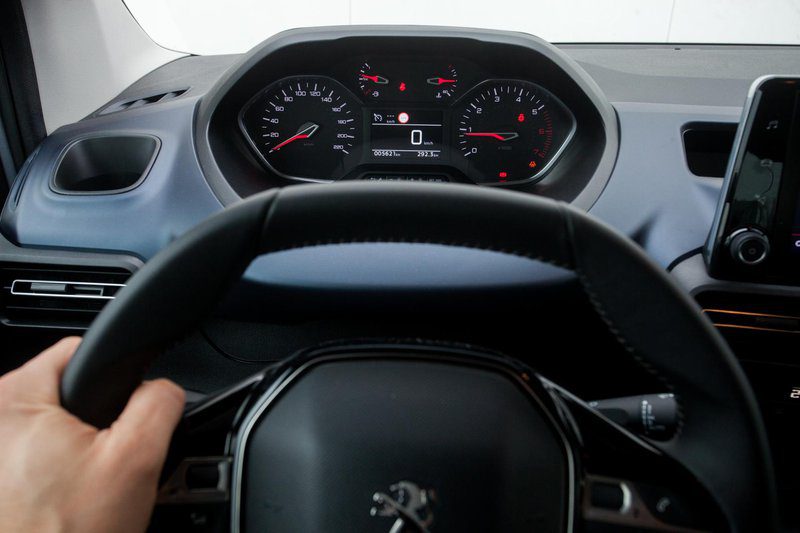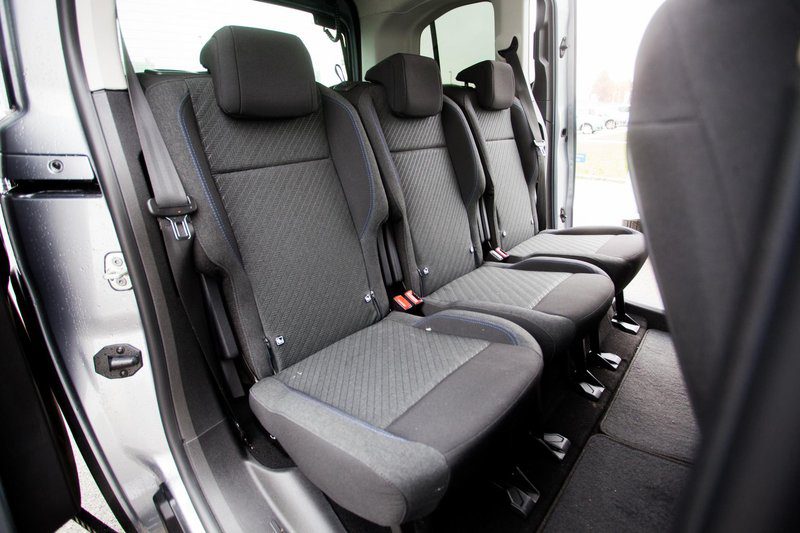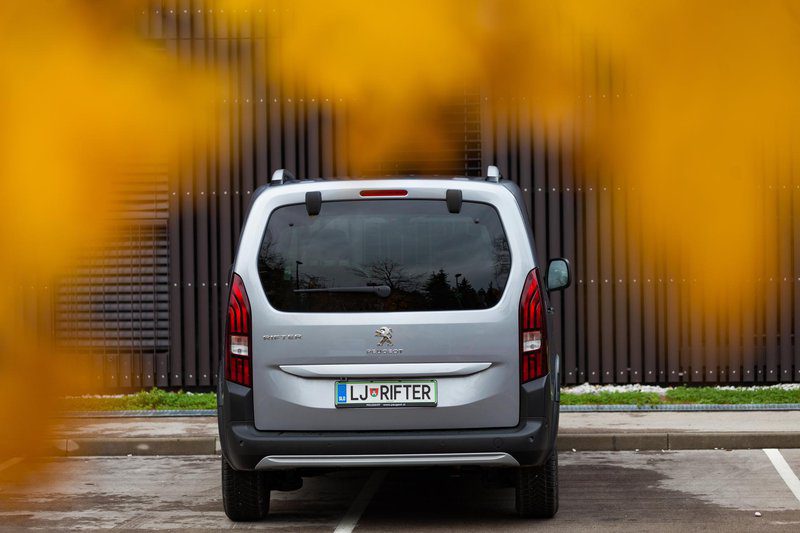
Brief Test: Peugeot Rifter HDi100 // Exemplary Partner
The introduction may sound like a wedding ad, but don't worry, keep the magazine in your hand anyway. By now, it is probably clear to you that the Peugeot Partner, its trump card in the SUV class, has been renamed Rifter. Why? According to Jean-Philippe Impara, Rifter should rethink the company's role in this class of vehicles. Whatever it means, we recognize that we are used to the Partner (by the way, the Partner will remain a Partner in the trucking program), and the other two brands in the PSA Group have remained with the same names, so we will give Rifter a new opportunity through our presence in our automotive dictionary.

Well, perhaps because of some of the differences that separate him from the other two brothers in the concern, he also deserved a new name. If the Opel Combo, with its calm design, attracts mostly low-key buyers, and the Citroen Berlingo is not something that is a little out of the box, Peugeot's strategy is to attract adventurers. To do this, they also "raised" it by three centimeters and added protective plastic to show that it is also suitable for driving on less well-maintained road surfaces.

If we say that the interior is traditionally Peugeot, it doesn't sound like anything special, but it is what separates it the most from the Combo and Berlingo. Namely, the Rifter received an i-Cockpit design, which means that the driver has a small steering wheel in the front cut from the bottom and top, so the (analog) gauges are viewed through the steering wheel. And interestingly, if in other Peugeot models we had problems with unobstructed viewing of the sensors, then in the Rifter they are so high that the view is completely normal. Well, the number of crates surrounding the passengers is not entirely normal, as there are countless numbers of them in the Rifter. And most of them are really useful and varied. Let's say a 186-liter in the middle ridge is upholstered and cooled. Moreover, not only for small things, but also for bulky luggage, there should be no lack of space. The 775 liters of luggage space should also be sufficient for large family movements, and the large boot lid, which due to its size can be used mainly by the female part of the family, can also be used as a canopy in the rain. A few more words on usability: it is clear that sliding doors remain the hallmark of this type of minivan and make a huge contribution to easier access to the rear seat. Three passengers will find plenty of room in all directions, but if you are installing child seats, you have to put in a little effort as the ISOFIX mounts are well hidden inside the backrests.

In line with current trends, the new Rifter is also equipped with important safety technologies and support systems. The radar cruise control, sudden lane departure warning and blind spot detection are commendable, and we were a little less enthusiastic about the lane keeping system. It works on the "rebound" system from the lines on the road surface, and, moreover, it turns on every time we start, even if we turn it off manually beforehand. The test Rifter was powered by the famous BlueHDi 100 four-cylinder engine, which is the mid-range choice in the diesel family. The number in the title tells us what kind of "cavalry" we are talking about, and we tell you that this is the limit that it takes for a car of this size to get around decently. Don't even think about the lower one, but we advise you to connect the higher one if you want to pair the engine with an automatic transmission, because the weaker versions are only available with a five-speed manual transmission. It's hard to blame the work, but with more kilometers of the track, you quickly start to miss the sixth gear. If you're mostly immune to hybrid invasion, then a minivan like this could be a great choice for your family and costs just under $ 19. Some will even say that they see him as the ideal partner. Sorry, Rifter.

Peugeot Rifter L1 Allure 1.5 BlurHDi - price: + 100 rubles.
Basic data
| Test model cost: | 25.170 € |
|---|---|
| Base model price with discounts: | 20.550 € |
| Test model price discount: | 21.859 € |
Costs (per year)
Technical information
| engine: | 4-cylinder - 4-stroke - in-line - turbodiesel - displacement 1.499 cm3 - maximum power 75 kW (100 hp) at 3.500 rpm - maximum torque 250 Nm at 1.750 rpm |
|---|---|
| Energy transfer: | front wheel drive - 5-speed manual transmission - tires 215/65 R 16 H (Goodyear Ultragrip) |
| Capacity: | top speed 170 km/h - 0-100 km/h acceleration 12,5 s - average combined fuel consumption (ECE) 4,3 l/100 km, CO2 emissions 114 g/km |
| Mass: | empty vehicle 1.424 kg - permissible total weight 2.100 kg |
| External dimensions: | length 4.403 mm - width 1.848 mm - height 1.874 mm - wheelbase 2.785 mm - fuel tank 51 l |
| Box: | 775-3.000 l |
Our measurements
| T = 13 ° C / p = 1.028 mbar / rel. vl. = 55% / odometer status: 5.831 km | |
| Acceleration 0-100km: | 14,7s |
|---|---|
| 402m from the city: | 19,6 years ( 115 km / h) |
| Flexibility 50-90km / h: | 13,1s (IV.) |
| Flexibility 80-120km / h: | 16,6s (V.) |
| Fuel consumption according to the standard scheme: | 5,3 l / 100km |
| Braking distance at 100 km / h: | 42,2m |
| AM table: | 40m |
| Noise at 90 km / h in 5rd gear | 58dB |
evaluation
Adventurers looking for the ultimate in usability, yet despising crossovers, will definitely recognize the Rifter as a trump card for everyday tasks.
We praise and reproach
lane keeping system operation
access to ISOFIX ports
